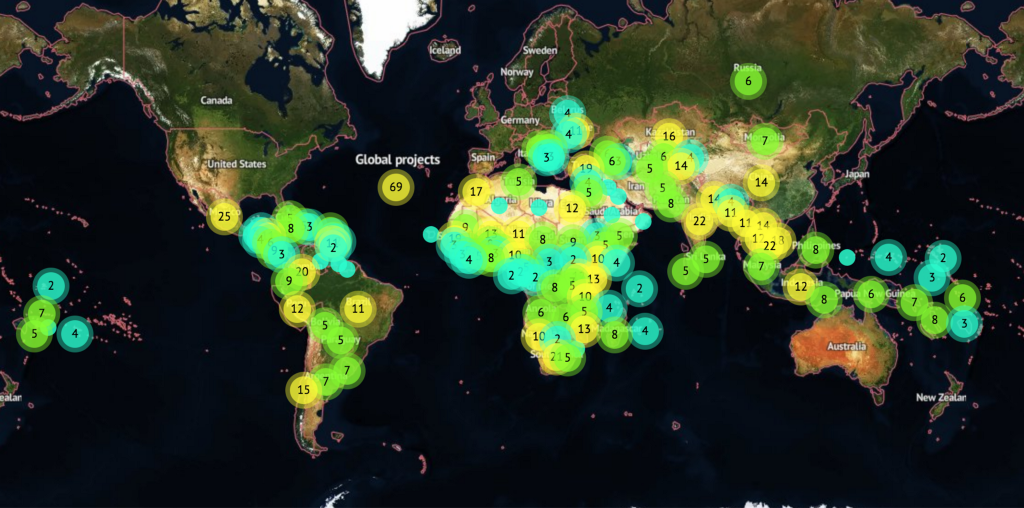The world’s richest countries have pledged to mobilize $100 billion per year by 2020 to help less wealthy, less developed countries fight and prepare for climate change. And, while they’re still far short of that amount, they agreed that half the money should go to adapt to climate change and half should go to fight it.
But these days the actual ratio is closer to 75% mitigation, 25% adaptation because there’s more private money at work than government funding, reports CarbonBrief, which tracks climate policy and environmental science developments.
Adaptation projects are often considered riskier, because unlike mitigation projects such as reforestation or carbon offsets, they involve technology experimentation, policy making, and systems change.
CarbonBrief’s analysis suggests that multilateral funds struggle to bring more capital into adaptation. The Clean Technology Fund for instance, the largest multilateral climate fund, only backs mitigation projects, while others, like the Green Climate Fund, have a 50/50 mandate, but still fall short on adaptation.
Its analysis also suggests more political leadership will be required to get the balance right. That’s likely to come more from the E.U., Norway and Japan after the U.S. pledged to pull out of several multilateral climate funds.
For other insights on what multilateral climate funds are doing, check out CarbonBrief’s cool interactive map.
Mapped: Where multilateral climate funds spend their money | Carbon Brief











